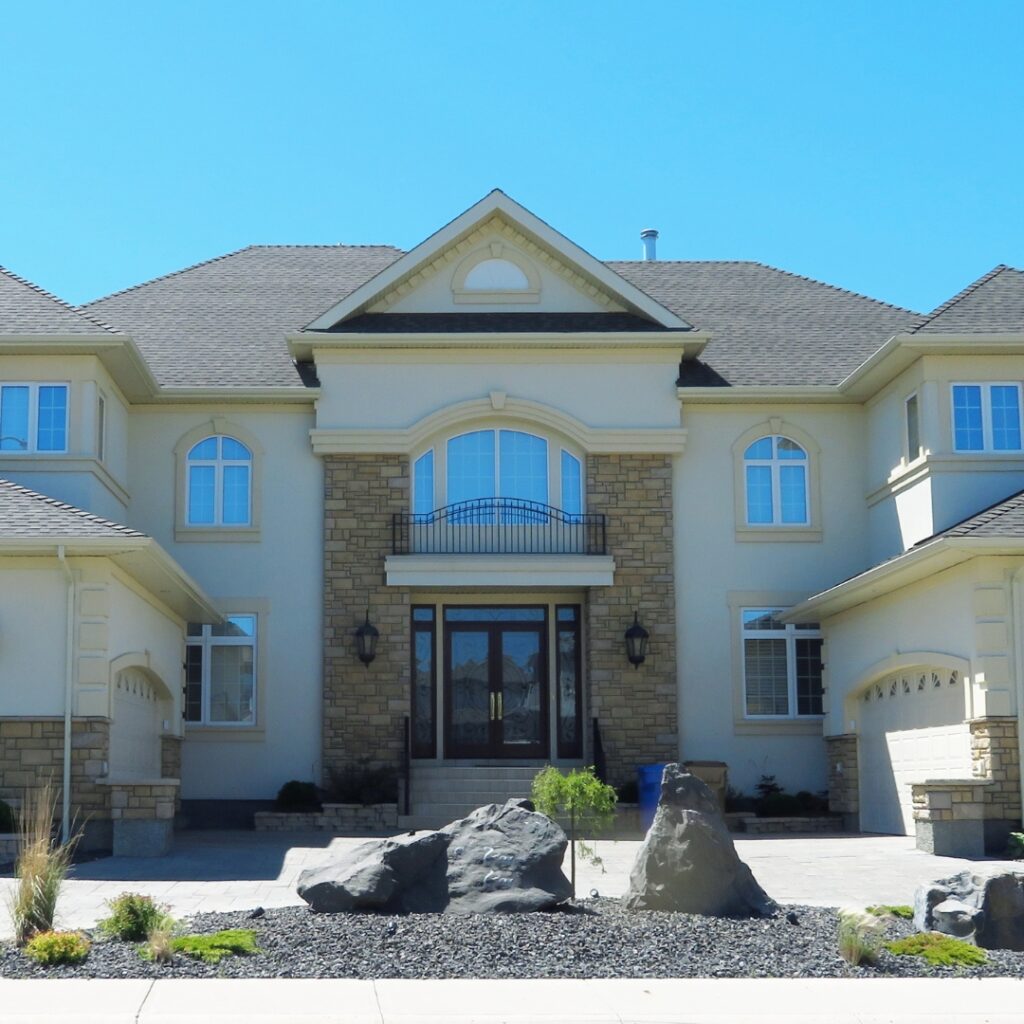Radon levels vary significantly depending on various factors, including how a house is designed. In the 2024 Cross Canada Radon Survey, household radon levels were sorted to examine how different building structures influence radon concentrations and risks in Canada. The three building type categories listed below encompass 69.6% (25.7 million people) of the total population of Canada.
Single detached houses, which encompass 53% of Canadian residences, exhibit the highest average indoor radon levels at 93.4 Bq/m³. 1 in 5 (20.4%) of single detached houses contain radon at or over 200 Bq/m³. 1 in 4 (26.4%) of these dwellings record levels between 100 and 199 Bq/m³.
● KEY FINDING = 1 in 5 Single detached properties are at or above 200 Bq/m³ radon
Semi-detached houses represent 10% of all Canadian residences and show average radon levels of 61.5 Bq/m³. On average, semi-detached houses contain lower radon levels than detached houses, but these levels are still considered high in a global context. 1 in 9 (11.1%) semi-detached houses contain radon at or over 200 Bq/m³. 1 in 5 (18.8%) semi-detached houses record levels between 100 and 199 Bq/m³.
● KEY FINDING = 1 in 9 Semi-detached properties are at or above 200 Bq/m³ radon
Row-style houses represent 7% of all Canadian residences and show average radon levels of 51.8 Bq/m³. On average, row houses contain lower levels than detached or semi-detached houses, but these levels are still considered high in a global context. 1 in 13 (7.9%) of row houses contain radon at or over 200 Bq/m³. 1 in 6 (15.6%) row houses record levels between 100 and 199 Bq/m³.
● KEY FINDING = 1 in 13 Row style properties are at or above 200 Bq/m³ radon
The Cross Canada Radon Survey is a comprehensive national study conducted to assess radon levels in Canadian residential properties. The survey aims to provide data that informs public health initiatives and policies to reduce radon exposure and its associated health risks.
The report was funded by the Canadian Institutes of Health Research Healthy Cities Research Initiative, Health Canada, the Alberta Real Estate Foundation and the Canadian Cancer Society.
View the Report